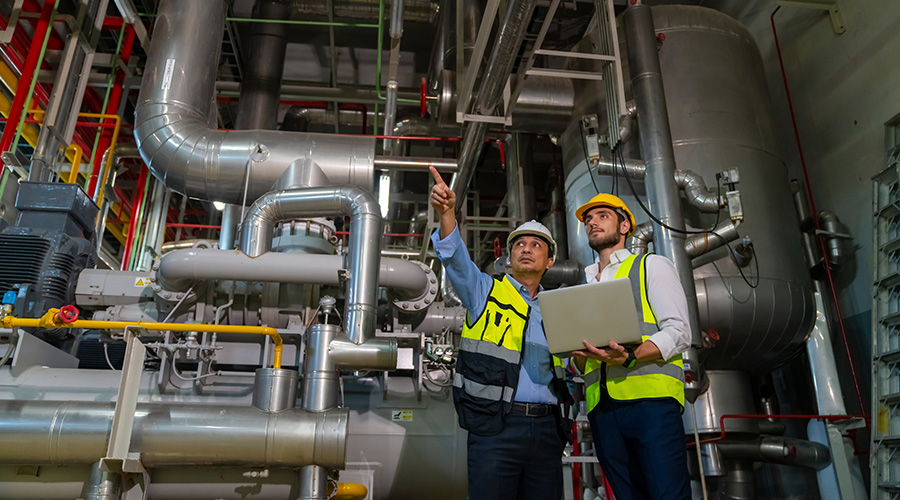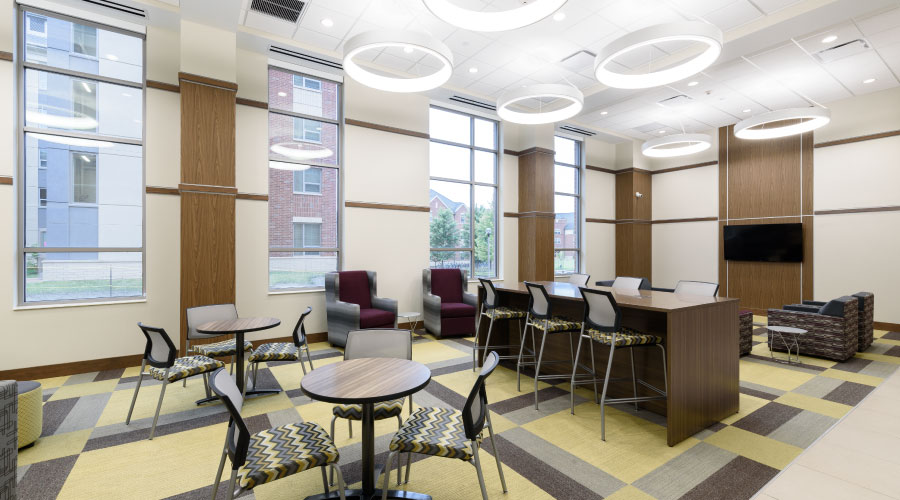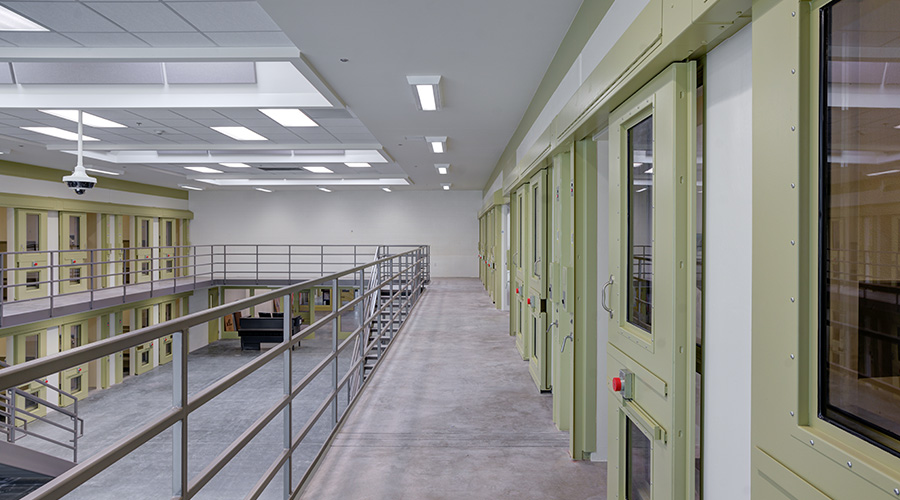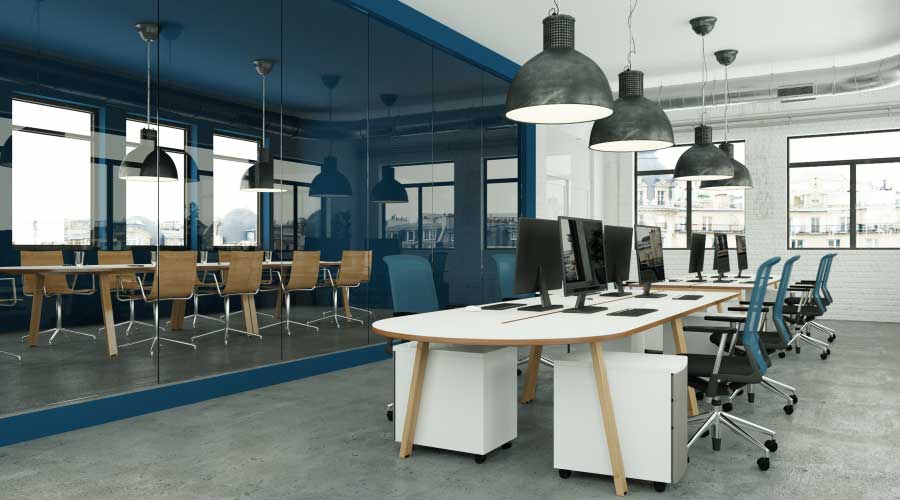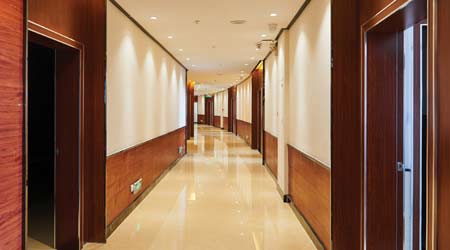 Advances in LED lighting can deliver benefits that include color tuning, white light color tuning, aesthetics, controllability and the ability to collect data via sensors.
Advances in LED lighting can deliver benefits that include color tuning, white light color tuning, aesthetics, controllability and the ability to collect data via sensors.Lighting Controls: Advances in LED Technology
Controls technology advances offer tangible benefits for LED upgrades beyond new construction.
Advances in LED technology offer solutions for most lighting applications in institutional and commercial facilities, and they can deliver significant energy cost savings while maintaining or improving light quality. More advanced options also can deliver new benefits, such as color tuning, white light color tuning, aesthetics, visually comfortable atmosphere, controllability, and the ability to collect operating and other data via sensors. Utility rebate programs now favor LED lighting and controls, with a growing number of new rebates promoting networked lighting control systems.
The result of these developments is a fresh wave of lighting retrofits for maintenance and engineering managers seeking energy cost savings and these additional benefits. What is different about the LED retrofit wave is the enhanced opportunity for incorporating lighting controls, which can maximize energy savings while adding flexibility.
The inherent controllability of the LED source, satisfactory energy savings, advances in wireless communication, sensor miniaturization and integration with luminaires, and generous rebates all position controls as a key component of retrofits. Some energy codes require installation of at least automatic shutoff controls — occupancy sensing or time-based controls — in certain retrofits.
When evaluating an existing lighting system, managers can do nothing, something or everything. Doing nothing abandons operating cost savings. Doing something entails replacing lamps and installing some automatic controls. Doing everything involves installing a new lighting and control system.
For the last two options, managers should evaluate controls as part of the upgrade and later as a key factor in product selection and retrofit planning.
A plan of action
Doing something regarding lighting systems involves replacing lamps — notably, tubular LED, LED HID, or directional lamps or retrofit kits — and installing some automatic controls. Two popular options are TLED and LED HID lamps. TLED lamps are designed to replace linear fluorescents can generate up to 40 percent energy savings, retrofit kits up to 50 percent. LED lamps designed to replace high-intensity discharge (HID) lamps can produce up to 50 percent energy cost savings.
Meanwhile, incorporating lighting controls can result in an additional 24-38 percent average lighting energy savings, while economizing on labor and maximizing utility rebates. If controls are already installed, managers need to ensure compatibility between the new lamps and the controls. Otherwise, the overriding retrofit goal should be to save energy while improving or maintaining lighting quality.
Related Topics:






